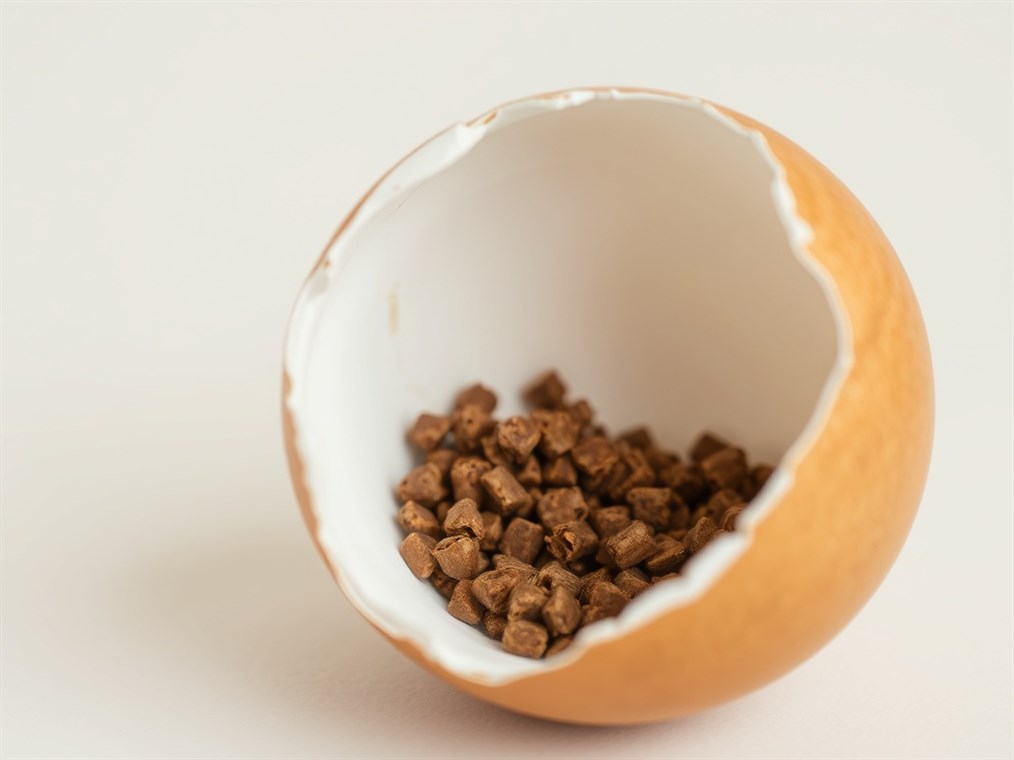Decoding the Mystery of Brown Specks in Eggs: A Comprehensive Guide (Human Edition!)
Ever cracked open an egg and spotted those little brown specks staring back at you? Yeah, me too. The first time it happened, I was a little freaked out, wondering if I’d stumbled upon some kind of science experiment gone wrong. But relax! Those spots aren’t anything to worry about. Let’s crack this mystery together.
So, what exactly are these brown specks? Well, generally speaking, you’re looking at either blood spots or meat spots. And despite the slightly off-putting names, they definitely don’t mean the egg was fertilized. Think of them more like little hiccups in the hen’s egg-laying process.
Blood spots are just what they sound like: tiny drops of blood. These happen when small blood vessels on the yolk’s surface (or in the poor hen’s oviduct) happen to burst during egg formation. They usually show up as red or reddish-brown spots, and you’ll typically find them hanging out on the yolk.
Meat spots, on the other hand, are usually brownish and are actually small bits of tissue. These little guys might come from the hen’s oviduct, getting scooped up in the egg white as it forms. Sometimes, they’re just blood spots that have partially broken down.
Okay, so they look a bit weird, but are they safe to eat? Absolutely! Eggs with blood or meat spots are perfectly fine to eat. The Egg Safety Center says it best: these spots are just a harmless “error on the part of the hen.” As long as you cook the egg properly, you’re good to go.
Personally, I don’t mind them, but if you find them a bit off-putting, just use the tip of a knife to scoop them out before you start cooking. It’s purely for looks, though!
Now, here’s a fun fact: you’re more likely to spot these imperfections in brown eggs. Why? It’s not because brown eggs are somehow “worse.” It’s simply because it’s harder to see the spots through the darker shell. Egg producers use a process called “candling,” where they shine a bright light through the egg to check for problems. It’s easier to spot those little blemishes in white eggs, so they get weeded out more often. Turns out, about 25-30% of brown eggs have these spots. Who knew?
What causes these spots, anyway? Several things can play a role. For starters, older hens are more prone to laying eggs with these little quirks. Genetics also come into play – some hens are just wired to produce eggs with blood and meat spots. And, believe it or not, a hen’s diet matters! A lack of Vitamin A can make blood spots more common. Stress can also be a factor. If a hen is dealing with stressful conditions or sudden changes in her environment (like lighting or temperature), you might see more spots. And, in some cases, underlying diseases can affect egg quality, too.
Speaking of quality control, let’s talk about candling again. The egg industry uses this process to make sure we’re getting the best eggs possible. They shine a light through each egg to look for blood and meat spots, cracks, and other issues. Eggs with major problems get pulled from the shelves. But even with all that technology, some imperfections are bound to slip through. It’s just part of the process.
Here’s a quirky thought: some folks believe that blood spots actually mean an egg is extra fresh. The idea is that as an egg gets older, the yolk absorbs water from the white, which dilutes the blood spot and makes it less noticeable. Interesting, right?
The USDA has pretty specific standards for grading eggs, and they look at both the outside and the inside. When they’re checking the inside (that’s where candling comes in), they’re looking at things like how clear and firm the egg white is, how the yolk looks and where it’s sitting, and whether there are any blood or meat spots.
So, what do those grades mean?
- Grade A These are the rock stars of the egg world. Clean, unbroken shells, small air pocket, clear and firm whites, and a yolk that’s centered and flawless.
- Grade Pretty darn good, too! Similar to AA, but the air pocket might be a tad bigger, and the white might not be quite as thick.
- Grade B: Okay, these eggs might have a few more “character marks.” The shell might be a little wonky, the air pocket bigger, and the white a bit thinner. Small blood or meat spots are allowed, as long as they don’t spread out into the white.
Bottom line? The next time you crack an egg and see a brown speck, don’t panic! It’s totally normal, perfectly safe, and might even mean you’ve got a super-fresh egg on your hands. The egg industry does its best to catch these little quirks, but some are bound to sneak through. Now you’re armed with the knowledge to enjoy your eggs without a second thought! Happy cooking!

